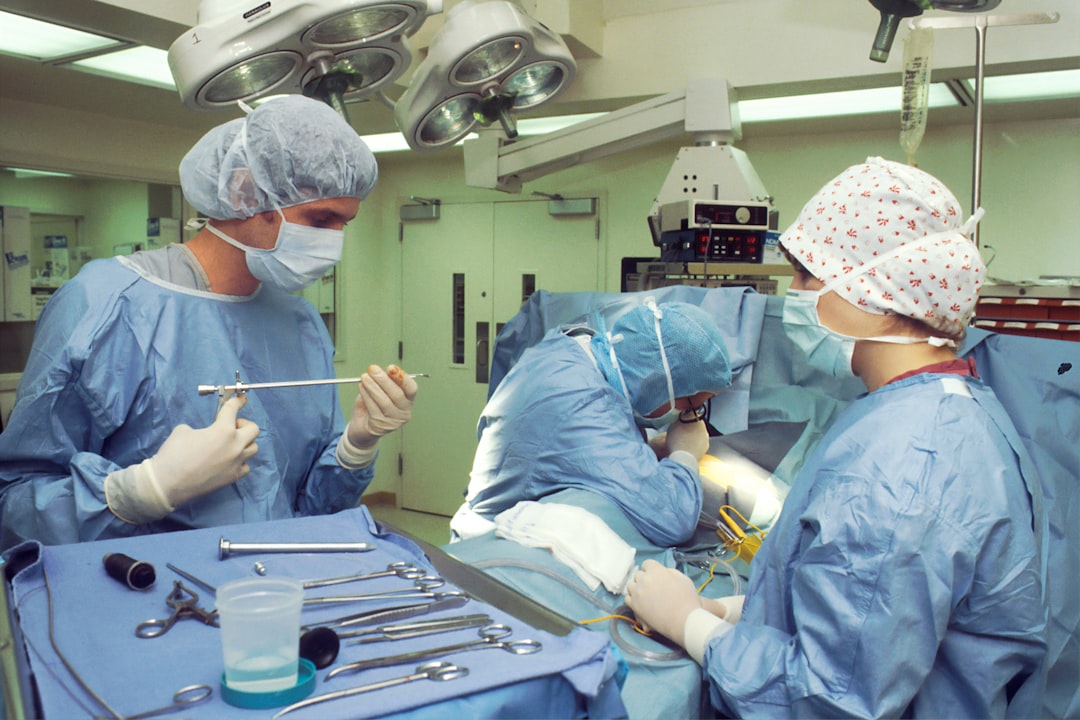What is it about?
The prevalence and genetic characteristic of extended-spectrum-β-lactamase (ESBL)-producing bacteria in stool samples from 125 healthy children at the ages of 8, 12 and 16 months, was investigated. Molecular characterization of ESBL-encoding genes was performed by multiplex-PCR. A total of 24% of the 125 children and 10.7% of the 318 fecal samples studied yielded ESBL producers. Together the resistance to beta-lactams, 20.6% of isolates were resistant to levofloxacin and other antimicrobials
Featured Image
Why is it important?
About a quarter of healthy children between 8 and 16 months old in northern Spain harbor in their intestines multiresistant (ESBL-producing E. coli) strains. This high carriage rate in healthy children should alert us to the possibility of an increase of clinical infections by these strains.
Read the Original
This page is a summary of: High Rate of Fecal Carriage of Extended-Spectrum-β-Lactamase-Producing Escherichia coli in Healthy Children in Gipuzkoa, Northern Spain, Antimicrobial Agents and Chemotherapy, January 2014, ASM Journals,
DOI: 10.1128/aac.01503-13.
You can read the full text:
Contributors
The following have contributed to this page










